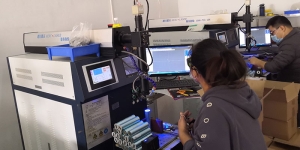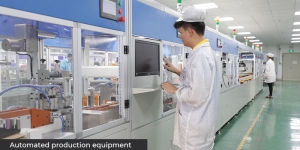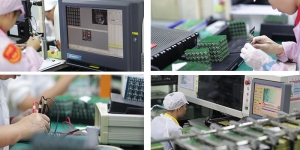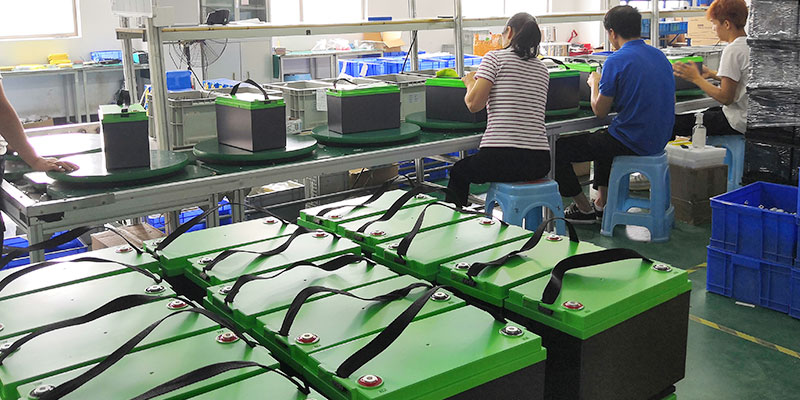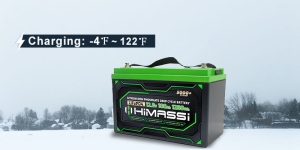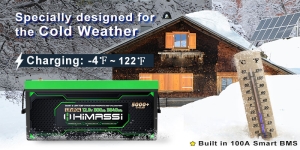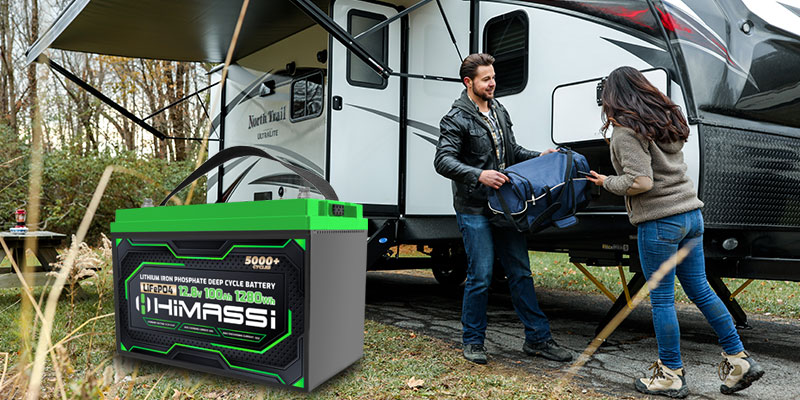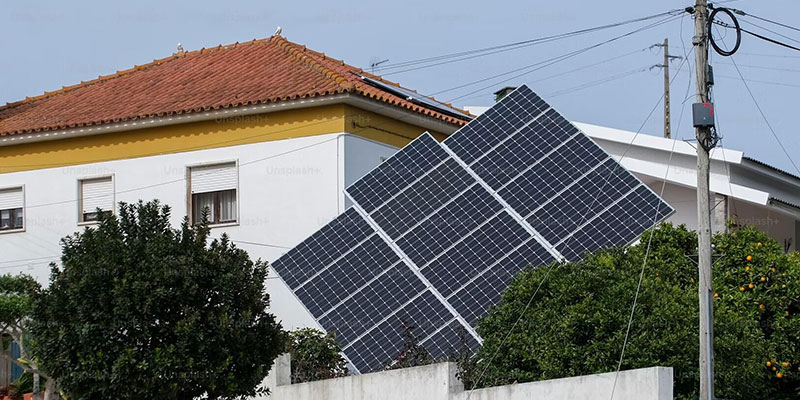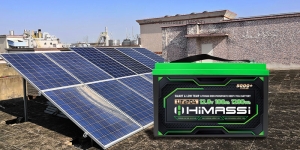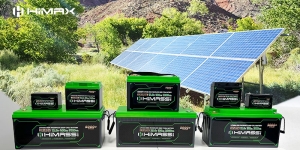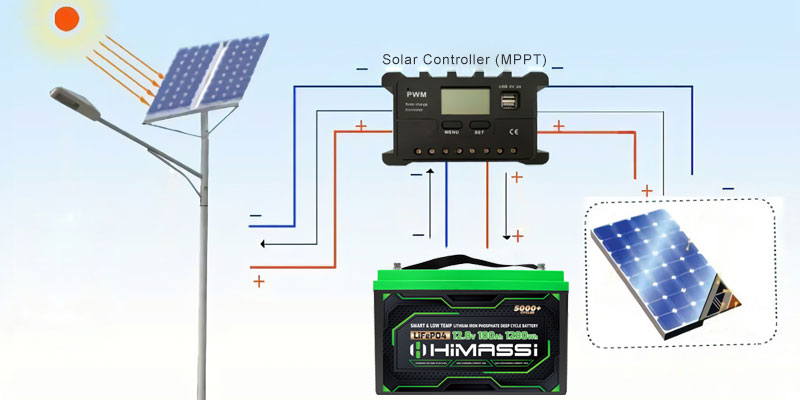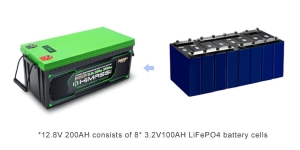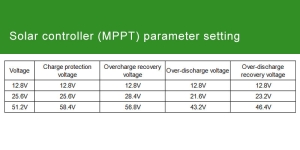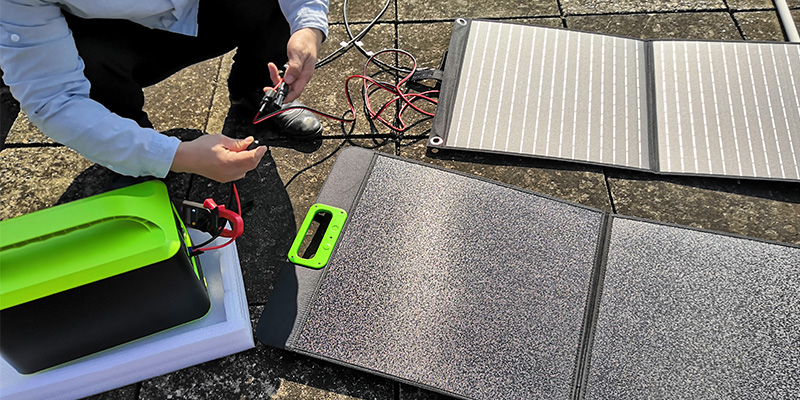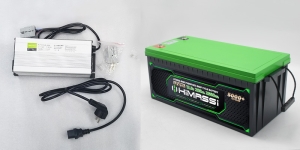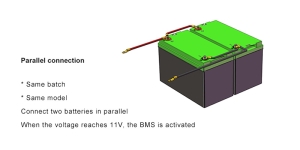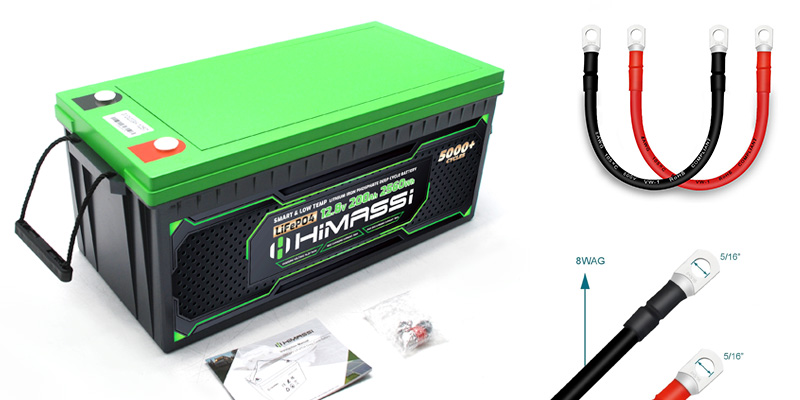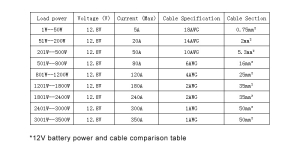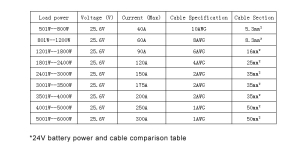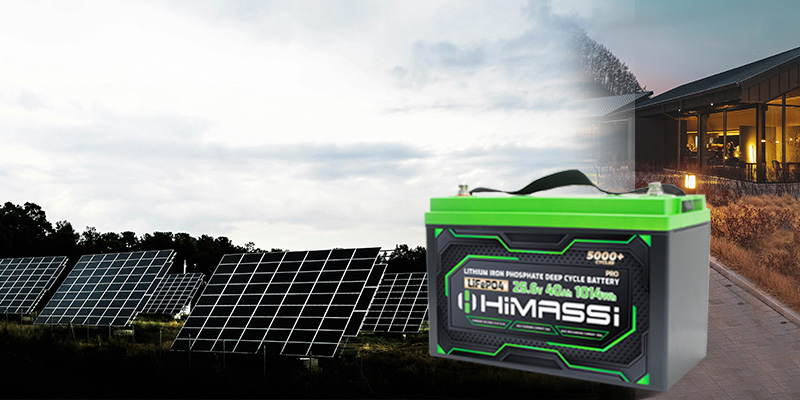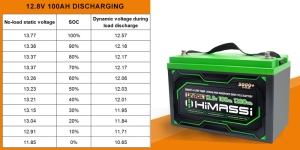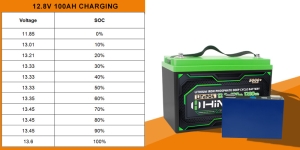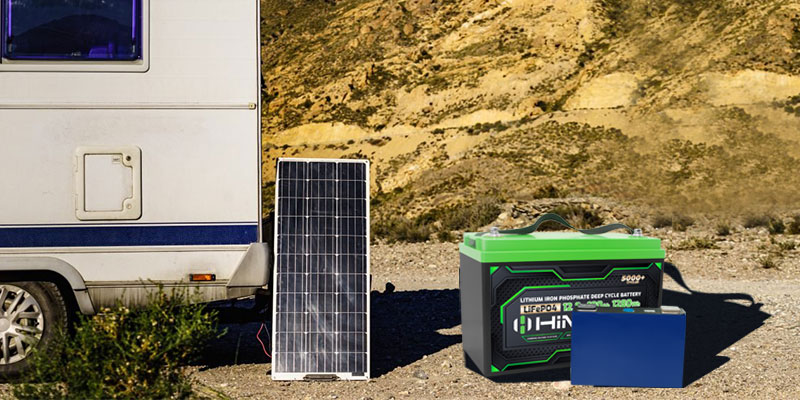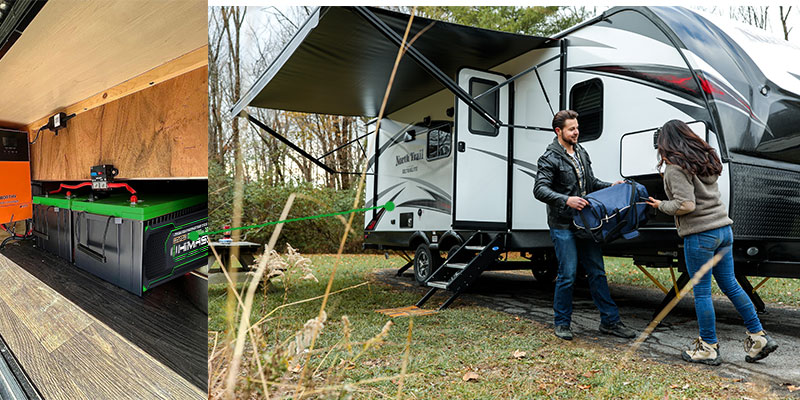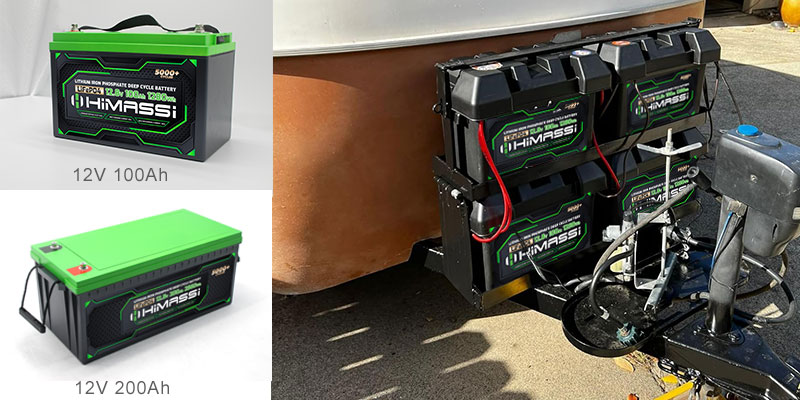Introduction
In a world increasingly driven by renewable energy and sustainable practices, lithium batteries are crucial. They power everything from electric vehicles to large-scale energy storage, playing a pivotal role in the transition to a greener economy. In this landscape, Himax Electronics distinguishes itself as a leader in the United States. With 17 years of specialized experience, Himax Electronics provides not just products but complete energy solutions that enhance customer operations and environmental stewardship.
Global Lithium Battery Market Overview
The demand for lithium batteries is surging globally, catalyzed by the accelerated growth of industries such as electric vehicles (EVs), portable electronics, and renewable energy systems. The global market is expected to exceed $100 billion by 2030, with a compound annual growth rate of more than 14%. This growth is underpinned by the increasing awareness of climate change and the shift towards sustainable energy solutions.
Growth Drivers and Market Challenges
The transition to sustainable energy sources and the proliferation of Internet of Things (IoT) technology necessitate reliable and efficient energy solutions, roles that lithium batteries fill admirably. However, this sector is not without its challenges. Manufacturers face issues like raw material scarcity, high production costs, and the complex logistics of battery recycling. These challenges require innovative approaches to ensure sustainability and profitability in the battery manufacturing industry.
Key Players and Technological Innovations
The lithium battery market features a mix of burgeoning startups and established industry giants, creating a dynamic competitive landscape. Innovations focus on enhancing battery efficiency, lifespan, and safety while reducing environmental impact and costs. These advancements are critical as they allow companies to stay relevant in a rapidly evolving market.
Himax Electronics’ Market Foothold
Since its inception in the early 2000s, Himax Electronics has grown into a key player in the lithium battery market. Our understanding of market needs and agility in adapting to industry shifts have solidified our position as a leader.
Company Background and Growth Journey
From modest beginnings, Himax has expanded its influence globally, emphasizing research and development to stay aligned with the global transition toward sustainable energy. Our commitment to innovation is reflected in our product offerings, which integrate the latest technological advances in battery technology.
Technological Innovations and Market Strategy
Himax’s dedication to research and development has led to the creation of multiple patented technologies. These innovations enhance the efficiency and safety of our batteries, making them preferred choices in consumer electronics, industrial applications, and automotive industries. Our strategic focus on developing high-capacity, long-life batteries with quick charging times sets us apart in the market.
Core Competencies and Industry Advantages
Our competitive edge is maintained through several core competencies:
- Innovative Technology: Himax’s R&D efforts are geared towards pushing the boundaries of lithium battery technology. This includes developing batteries that offer higher energy densities, faster charging capabilities, and longer lifespans.
- Quality and Reliability: Himax batteries are known for their robustness and reliability, which is crucial for applications requiring long-term energy solutions, such as grid storage and electric vehicles.
- Customer-centric Approach: We provide tailored solutions that meet the specific needs of our clients, helping them overcome their unique challenges in energy management and storage.
Performance in the US Market
In the US, Himax has tailored its strategies to meet the specific needs of the local market, which has been pivotal in our success. Our ability to provide customized solutions has enhanced our client satisfaction and market penetration.
Key Partnerships and Clientele
Strategic partnerships with leading tech companies and manufacturers have been crucial. These collaborations have enabled us to understand regional needs better and tailor our products and services accordingly.
Future Growth Strategy
Looking ahead, Himax is committed to furthering its innovation in battery technology. Plans include expanding our market presence and continuing to invest in new technologies that meet the evolving demands of the energy sector.
Sustainability Initiatives
Aligning with global sustainability goals, Himax is advancing its recycling processes and improving material recovery techniques. These efforts are aimed at reducing the environmental impact of our products throughout their lifecycle.
Conclusion
Himax Electronics stands as a beacon of innovation and reliability in the competitive lithium battery market. Our 17-year journey is marked by continual growth and a steadfast commitment to providing sustainable and efficient energy solutions. We remain dedicated to powering the future with our high-value lithium battery solutions, ensuring that we meet the needs not only of today’s customers but also of generations to come.
About Himax Electronics
Before concluding, we reiterate our commitment at Himax Electronics to lead the battery sector. We are devoted to delivering superior battery solutions that cater to the B2B market, emphasizing quality, customer service, and technological innovation. Our approach ensures that we continue to play a significant role in shaping the global battery landscape, driving progress toward a sustainable and energy-efficient future.




